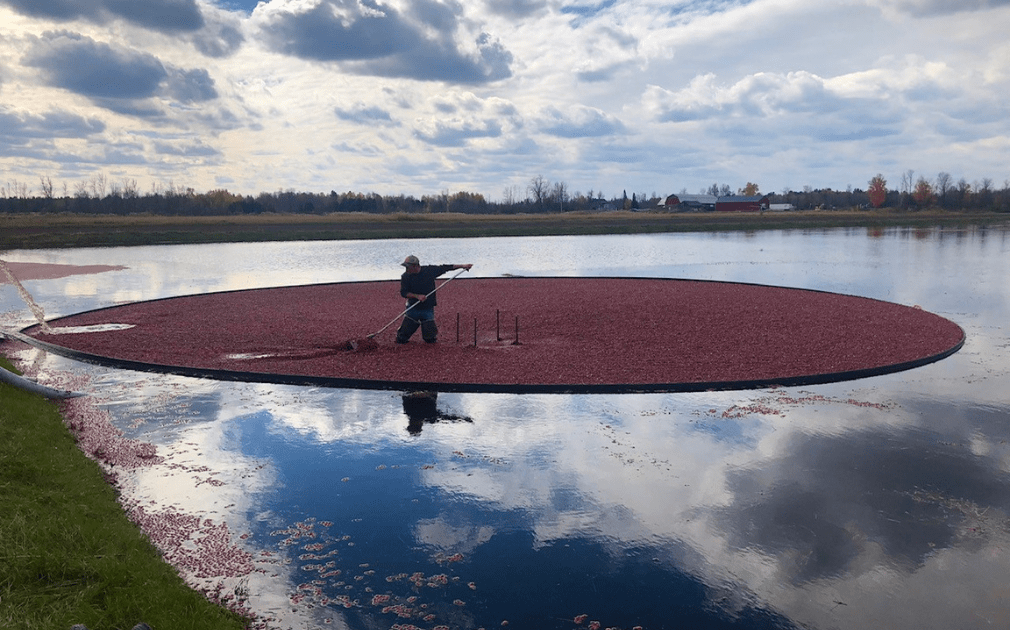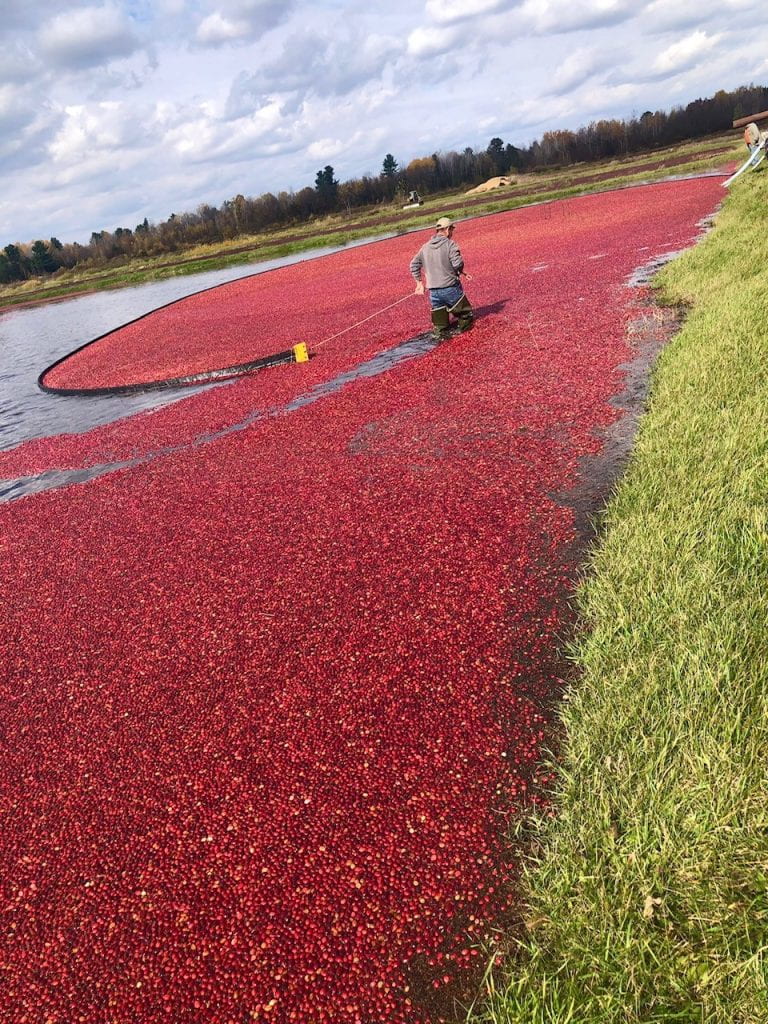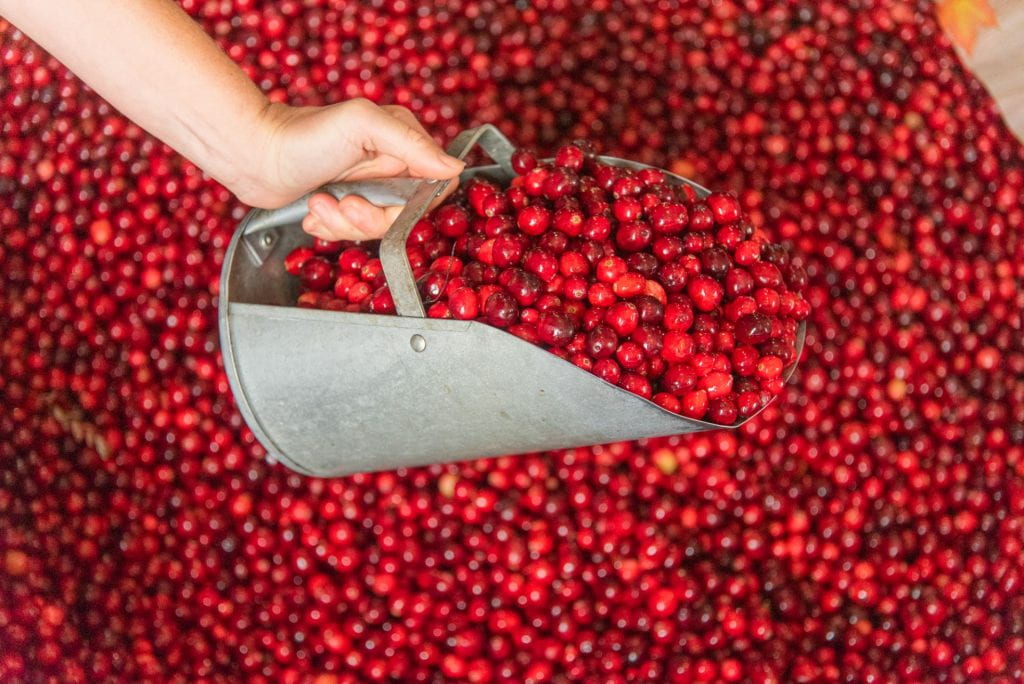If you are new to food preservation, you might ask why there are two different processes for canning food: boiling water bath and pressure canning. What is the difference between them? This question often arises as individuals begin growing and preserving their own food. The decision process can seem intimidating, especially with the many differing viewpoints found on social media or stories of traditional methods passed down through generations. Fortunately, science can help us understand which methods are most effective to ensure our food is safely preserved.
The National Center for Home Food Preservation and the USDA can help take the guesswork out of your project. Their recipes have all been rigorously tested, taking into account factors such as food density, pH, and heat penetration in the jar. That’s why their guidelines are considered reliable and “approved”.
Returning to the original question: Why are some foods preserved using a water bath while others require pressure canning? The answer lies in the acidity, or pH, of the food. A basic understanding of the pH scale, often introduced in high school science classes, is helpful here. This scale measures the acidity or alkalinity of a substance, with 1 being highly acidic and 14 being highly alkaline. Water is at the center of the range with a neutral pH of approximately 7.
Understanding pH is crucial in food preservation because it directly affects food safety. The pH level determines how well spoilage microorganisms can grow and multiply in food. These microorganisms thrive in foods with a neutral pH. A higher acidity level creates an environment that inhibits their survival. The critical threshold for microbial growth in food is a pH of 4.6. Foods with a pH below 4.6 are classified as high-acid foods, while those with a pH of 4.6 or higher are considered low-acid foods. This distinction determines which canning method can be used.
From the USDA Guide to Home CanningHigh-acid foods and acidified foods are safely preserved using the boiling water bath method. High-acid foods, like berries, are naturally well below pH 4.6, so need no additional acid when combined with boiling water processing to safely prevent microbial growth. Acidified foods are naturally low-acid foods that have been preserved using a solution such as lemon or vinegar to reduce their pH below 4.6. A common example is pickling. This process involves submerging low acid foods, such as cucumbers or beans, in an acidic solution before canning. The combination of acidity and the boiling water bath process, which heats food to 212°F, prevents the growth of spoilage microorganisms.

Read more Boiling Water Bath or Pressure Canning, which to use?



